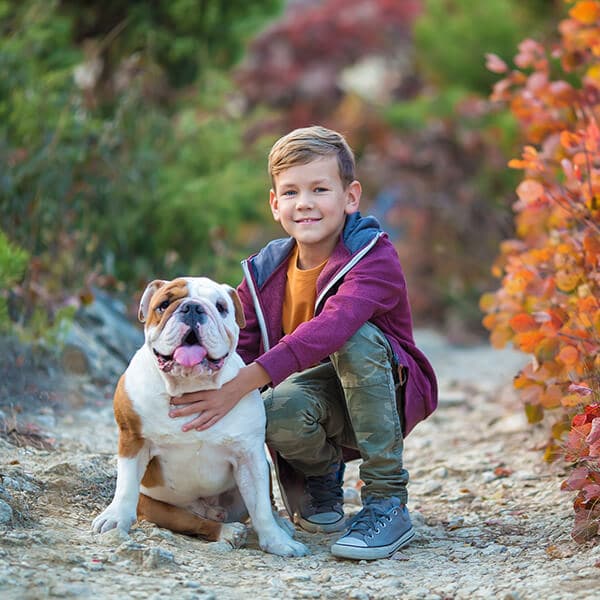Bulldog Food and Health
When considering the health and diet of the bulldog, you should try to think in terms of the dog’s evolution. While bulldogs have been bred a lot and today look rather different from their wolf ancestors, they still have a lot of their roots in that origin.
Thus, you need to try and feed your dog the same kind of natural foods that they would have evolved to enjoy. Obvious examples include lean proteins that come from animals, and plenty of nutrients (which they naturally would have gotten from the organ meat in particular).
On the other hand, just like the human diet, dog food can often be ruined by the inclusion of lots of unhealthy sugars and additives. These can cause inflammation, poor eating behaviors, and other issues in dogs. Therefore, you should try to avoid them and steer yourself toward the most natural foods possible that are made from unprocessed meats.
When considering the type of food, you don’t need to worry so much about the breed. While you can get foods that are specifically designed to be good for bulldogs and a host of other types of dogs, these have actually not been demonstrated to be in any way superior to more generic foods!
With that in mind then, it is often preferable to give your dog foods that don’t have a breed on the packaging – as these will likely be less expensive!
At the same time though, what is useful is to look for food that is designed specifically for your size of dog. That is to say that food aimed at smaller dogs (like bulldogs) will be a good choice. Consider the age of your dog too – when your dog is a puppy for instance they will tend to do better with puppy food like High Protein Dry Dog Food, as this often contains more energy as compared with adult dog food like adult wet dog food. Likewise, food aimed at older dogs can sometimes be beneficial for including nutrients that help to combat issues that can occur in older age.
Something you do need to consider is that your little dog has actually got a condition called brachycephaly. This is the technical term referring to the slightly flatter snout of the bulldog. This has been selectively bred for as it is visually distinctive and therefore desirable.
But while this might be a cute/fun look, it can actually cause some difficulties for your little dog when it comes to eating. You try picking food out of a dog bowl without a snout!
Therefore, another thing to consider is getting a bowl that has an angle, and maybe one that is elevated in some way. This way, they will be able to eat with ease. And likewise, you should also look for dog food that has larger ‘bits’ that are easier for your dog that is Naturals Dry Dog Food to get up out of the bowl to chew and swallow.

